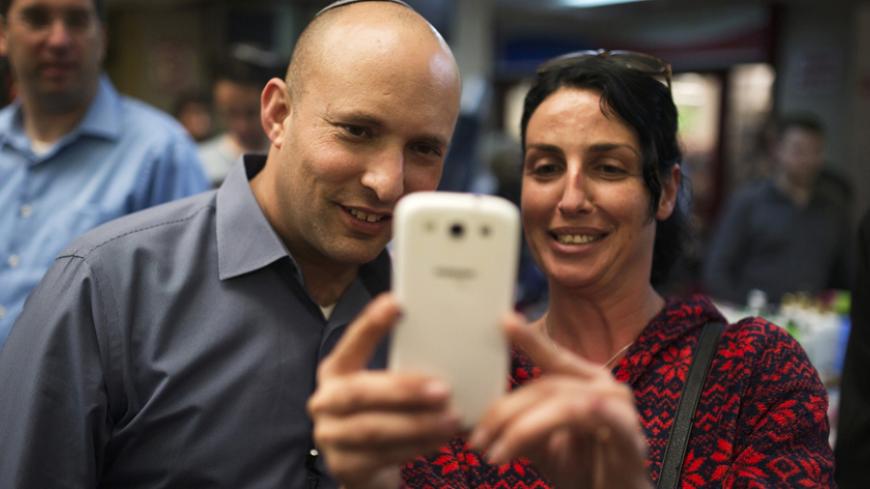As in previous Israeli elections, the parties running for the Knesset are airing campaign spots that glorify their purported achievements or attack their rivals. While the impact of these videos on the electorate is questionable, it's quite clear that so far, they seem to be defining the current electoral race.
In the pre-Internet days, the contending parties used to produce video clips for airing on TV in a series of broadcasts scheduled just ahead of the elections. Each party aired its own clip, contrary to the practice of some other counties, like Sweden, where one broadcast includes interviews with representatives of all the contending parties. Under the election law, each party was allotted broadcasting time for campaigning on the public TV and radio channels for about two weeks before the election. The time slot allocated to each party was compatible with its size in the outgoing Knesset: Seven minutes per party, plus two minutes for each incumbent Knesset member representing the party. A new party got 10 minutes.



